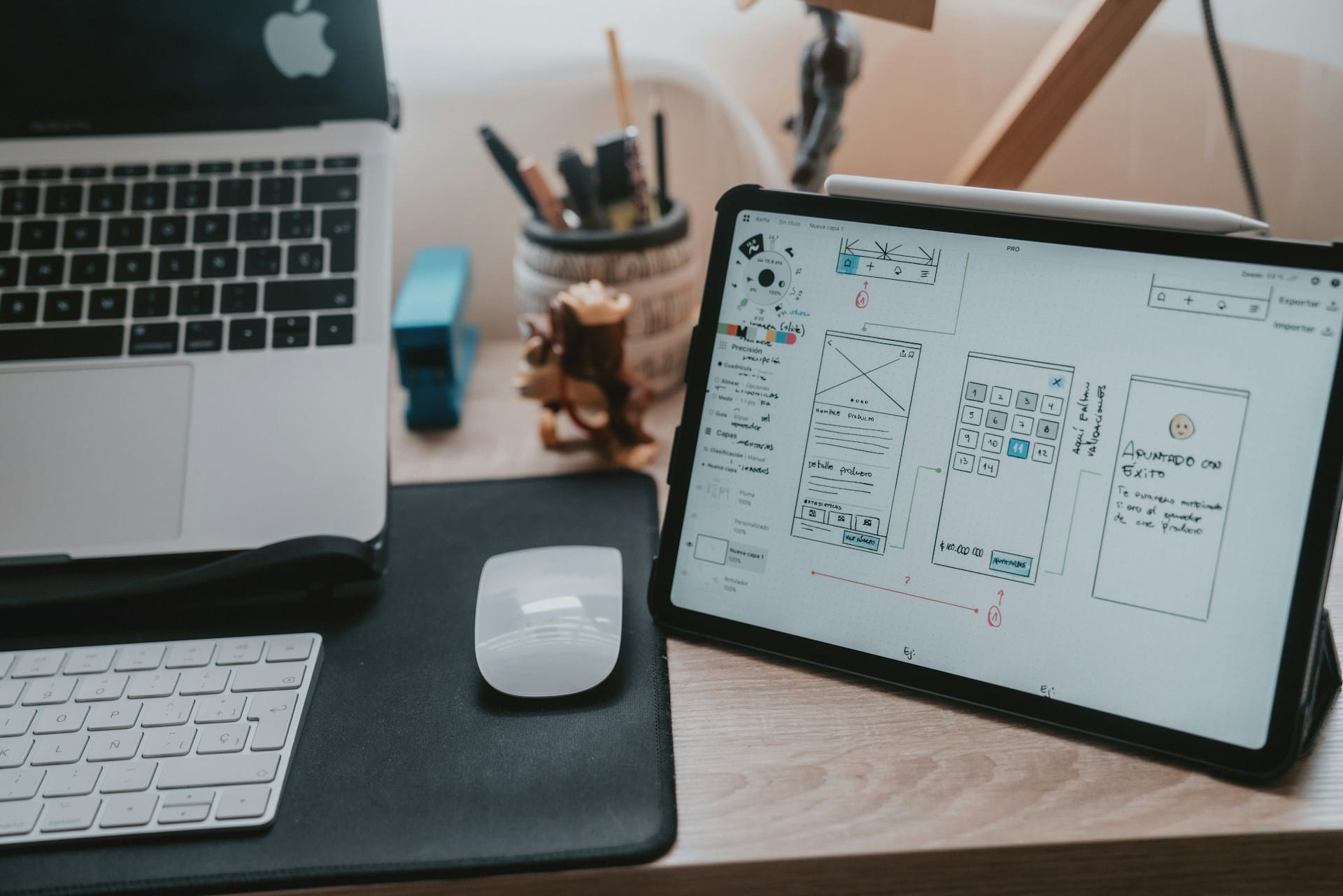Product Design Principles for Product Managers

Product design is more than just aesthetics; it's about creating products that are functional, user-friendly, and capable of solving real problems. For product managers, understanding the core principles of product design can bridge the gap between idea and execution, ensuring that the final product aligns with both business goals and user needs.
User-Centric Design
Understanding the User
The cornerstone of effective product design is a deep understanding of the user. This involves:
- User Research: Conducting surveys, interviews, and usability tests to gather insights.
- Personas: Creating detailed profiles representing different segments of the target audience.
- User Journeys: Mapping out the steps users take to achieve a goal with the product.
By focusing on the user's needs, behaviors, and pain points, product managers can guide the design process to ensure the product is relevant and valuable.
Empathy in Design
Empathy allows designers and product managers to put themselves in the users' shoes. This principle emphasizes designing with the user's emotions and experiences in mind. Tools like empathy maps can help visualize how users feel, think, and act, guiding more intuitive and satisfying product designs.
Simplicity and Usability
Simplifying Complexity
Products should solve problems without introducing unnecessary complexity. This means stripping away non-essential features and focusing on what truly matters. The principle of simplicity involves
- Minimalism: Designing with a clean, uncluttered interface.
- Prioritization: Ensuring the most important features are the easiest to access.
Usability Testing
Regular usability testing is crucial. It helps identify issues users face when interacting with the product. Iterative testing and refinement ensure the product remains user-friendly and efficient. Key methods include
- A/B Testing: Comparing two product versions to see which performs better.
- Heatmaps: Analyzing where users click, scroll, and spend the most time on a page.
Aesthetic Integrity
Visual Appeal
While functionality is critical, aesthetics play a significant role in user perception. A visually appealing product can attract users and enhance their overall experience. Principles of aesthetic integrity include
- Consistency: Using a uniform color palette, typography, and design elements throughout the product.
- Clarity: Ensuring that the design elements are attractive and enhance usability.
Emotional Design
Design can evoke emotions, which can significantly impact user experience. Emotional design involves creating products that are not only functional but also delightful. This can be achieved through
- Micro-interactions: Small, engaging animations or feedback mechanisms that make the product feel more responsive and alive.
- Storytelling: Using design elements to convey a story or evoke specific emotions.
Accessibility
Inclusive Design
Designing for accessibility means ensuring that the product can be used by as many people as possible, including those with disabilities. This involves
- Compliance with Standards: Following guidelines like the Web Content Accessibility Guidelines (WCAG).
- Assistive Technologies: Ensuring compatibility with screen readers and other assistive devices.
Universal Design Principles
Universal design goes beyond compliance. It focuses on creating products that are inherently accessible to all users. This includes
- Scalable Interfaces: Designs that work well across different devices and screen sizes.
- Clear Navigation: Easy-to-follow paths that allow all users to navigate the product efficiently.
Iterative Design and Feedback
Agile Methodologies
Using agile methodologies allows product managers to adopt an iterative approach to design. This involves
- Continuous Feedback Loops: Regularly collecting and acting on user feedback.
- Incremental Improvements: Making small, ongoing adjustments based on feedback and testing.
Prototyping
Prototyping is a key aspect of iterative design. It allows product managers and designers to test ideas quickly and efficiently. Types of prototypes include
- Low-Fidelity Prototypes: Simple sketches or wireframes.
- High-Fidelity Prototypes: Interactive models that closely resemble the final product.
Collaboration and Communication
Cross-Functional Teams
Successful product design often requires collaboration between different teams, including designers, developers, marketers, and stakeholders. Effective communication ensures that everyone is aligned with the product's vision and goals. Strategies include
- Regular Meetings: Frequent check-ins and updates to ensure alignment and address any issues promptly.
- Collaborative Tools: Utilizing tools like Slack, Trello, or Jira for seamless communication and project management.
Stakeholder Engagement
Engaging stakeholders throughout the design process is crucial. This involves
- Regular Updates: Keeping stakeholders informed about progress and any changes.
- Feedback Sessions: Involving stakeholders in feedback sessions to gather diverse perspectives and insights.
Scalability and Flexibility
Designing for Growth
A successful product should be designed with scalability in mind. This means anticipating future needs and ensuring the product can grow and evolve. Considerations include
- Modular Design: Creating components that can be easily updated or expanded.
- Flexible Architecture: Designing a system that can accommodate new features or changes without extensive rework.
Future-Proofing
Future-proofing involves anticipating changes in technology and user behavior. This can be achieved by
- Staying Updated: Keeping abreast of industry trends and emerging technologies.
- Building in Flexibility: Designing systems that can adapt to new requirements and technologies.
Pitfalls to Avoid While Designing a Product
Ignoring User Feedback: Neglecting to gather and act on user feedback can lead to products that don't meet user needs.
Overcomplicating the Design: Adding too many features or creating a complex interface can overwhelm users.
Lack of Clear Vision and Goals: Without clear objectives, the design process can become inconsistent and aimless.
Poor Collaboration and Communication: Ineffective communication among team members can result in misalignment and inefficiencies.
Neglecting Accessibility: Failing to consider accessibility can exclude users with disabilities and lead to legal issues.
If Nothing Else, Remember This😉
- Prioritize user needs and behaviors with research and empathy.
- Focus on essential features and conduct usability testing.
- Ensure visual appeal with consistent design elements.
- Follow accessibility guidelines for inclusivity.
- Use agile methods for continuous feedback and prototyping.
- Foster collaboration and engage stakeholders.
- Design for future growth and stay updated with trends.
- Align design with business goals and clear value propositions.
Thanks for reading, hope that you find this content valuable!! Please do share this with your friends & colleagues and subscribe to our weekly posts.
